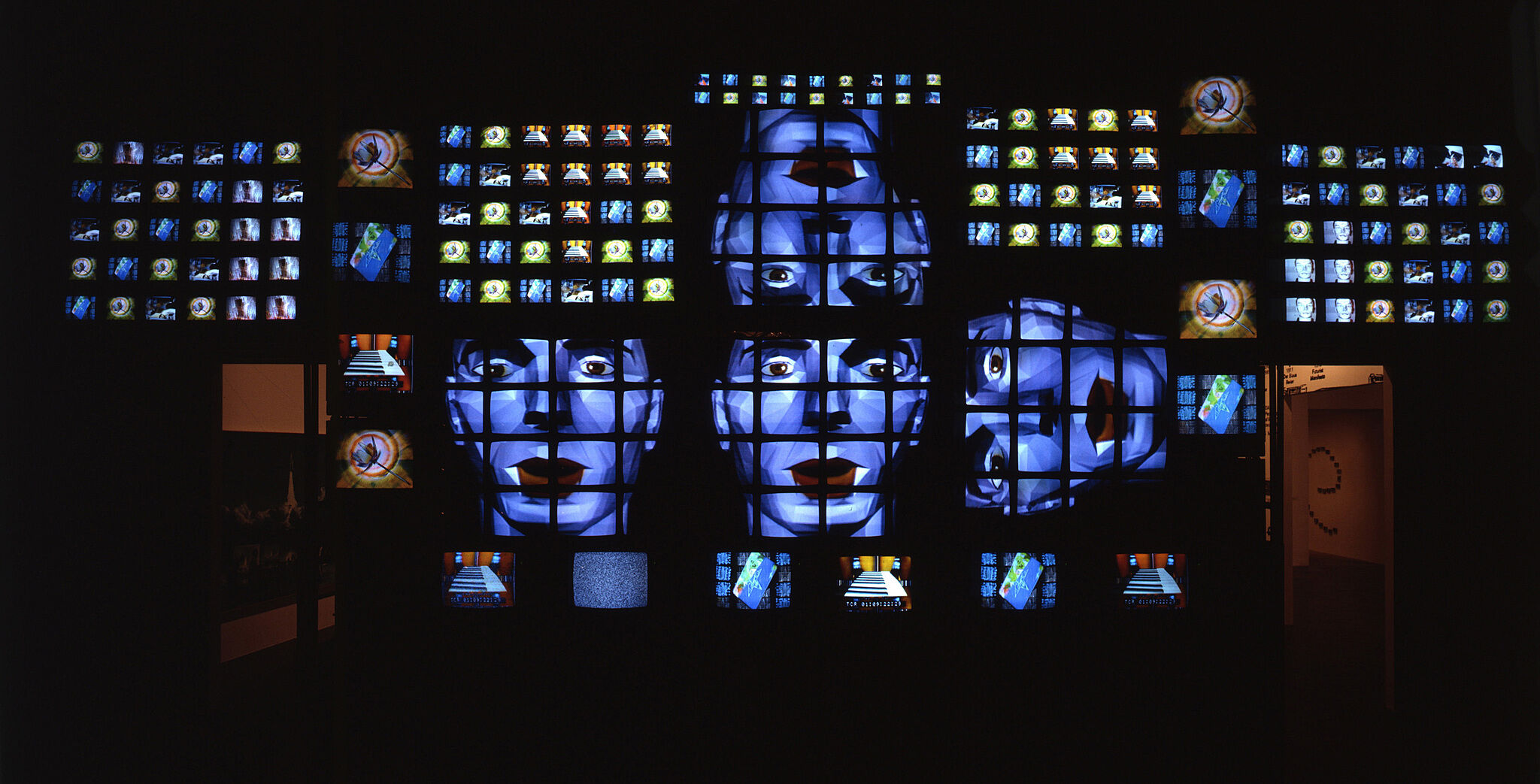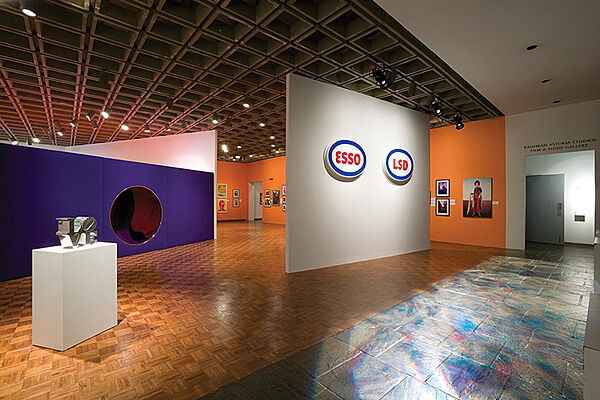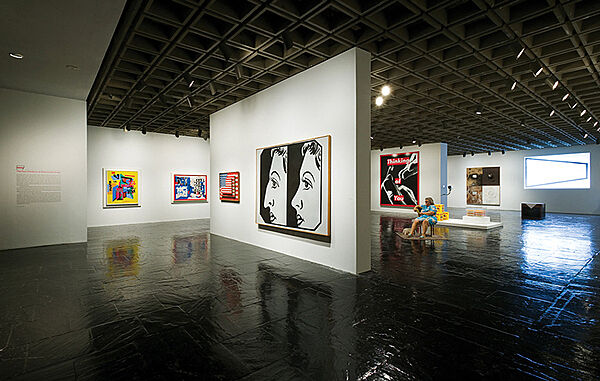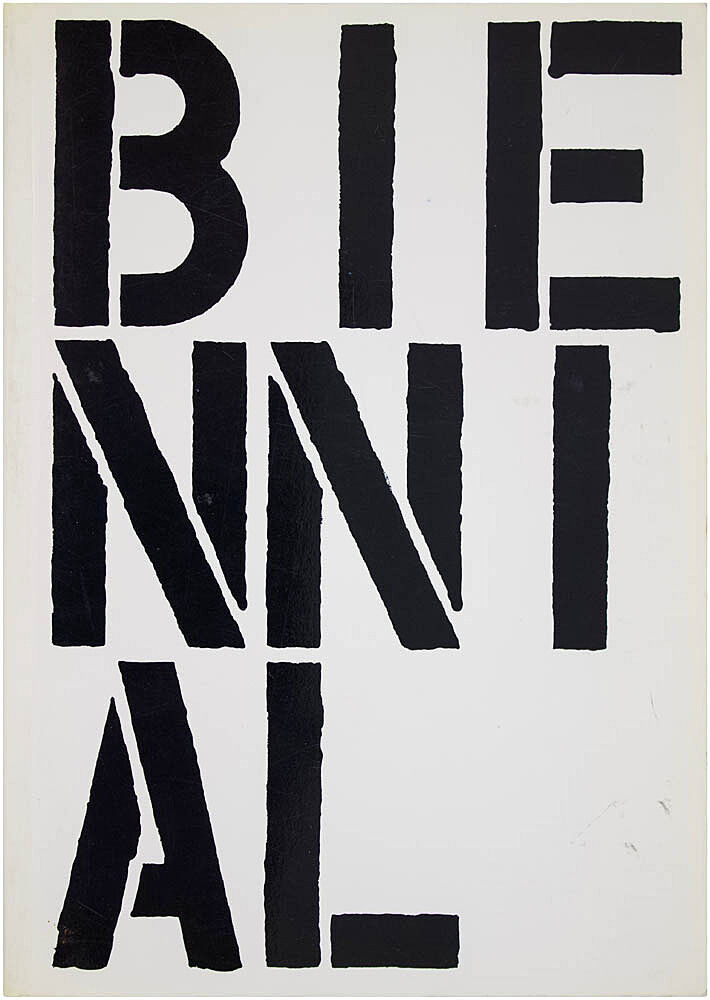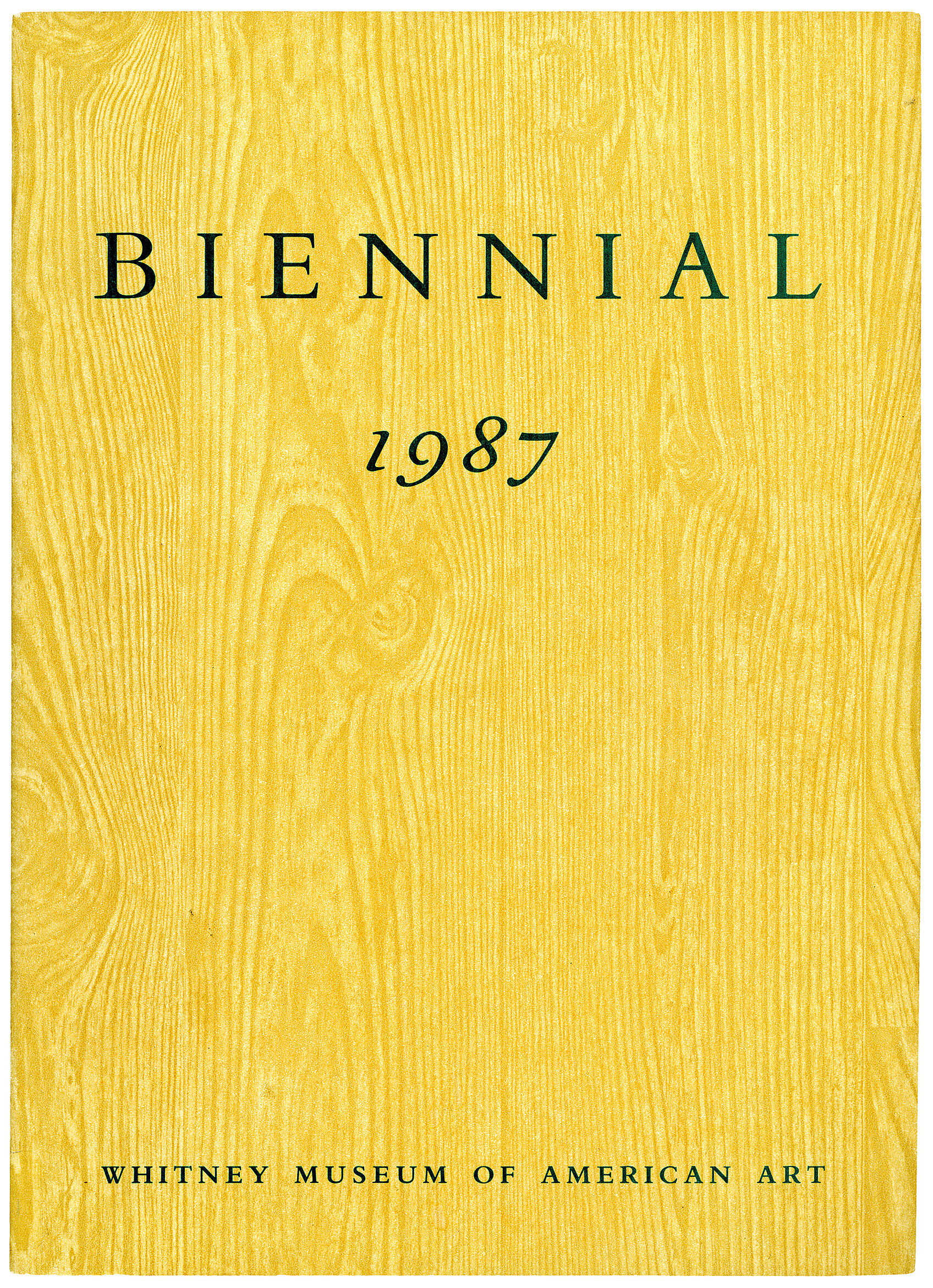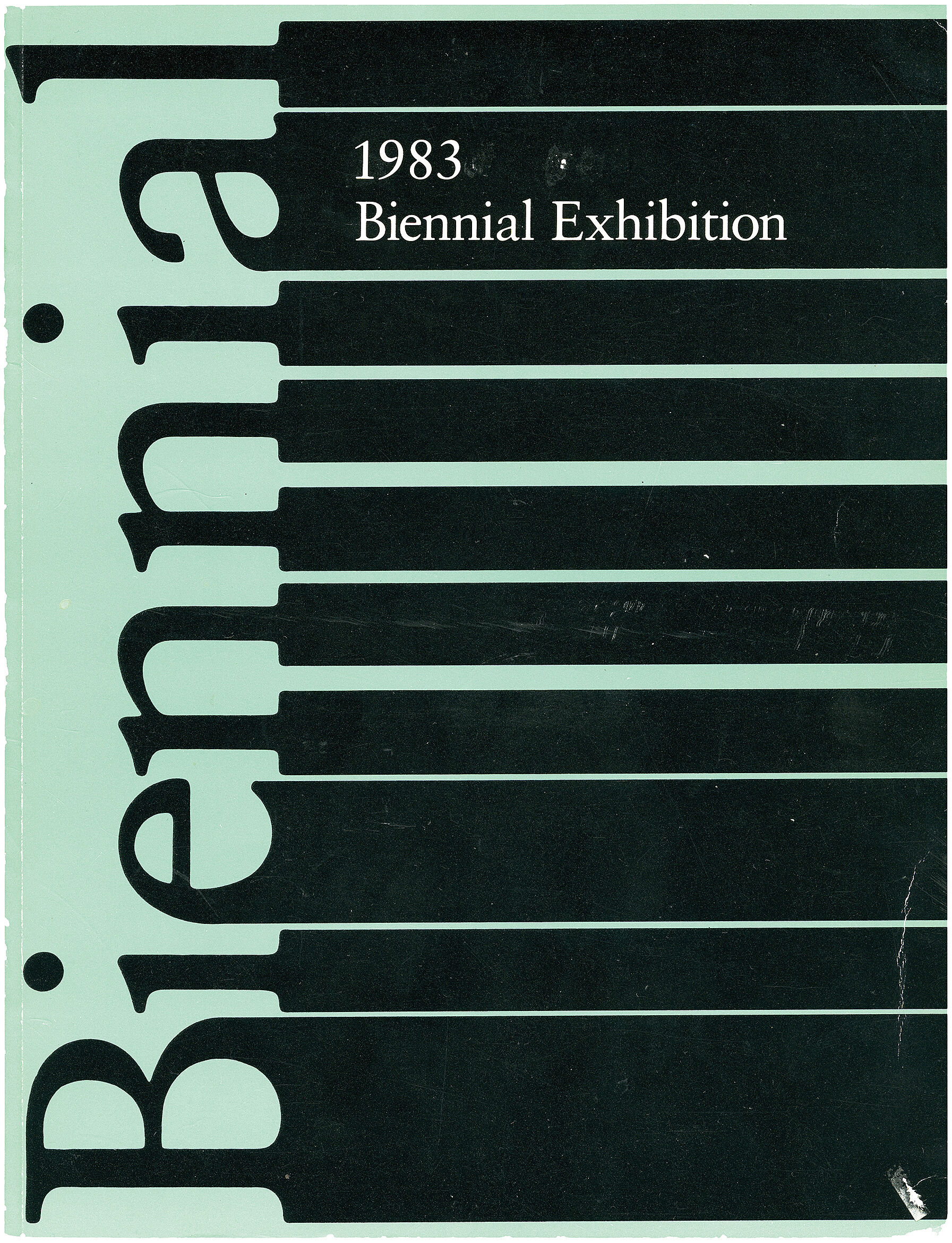Nam June Paik
1932–2006
“I wanted to elevate television to an art form that was as highly valued as the music of Johann Sebastian Bach,” Nam June Paik once said. Born in Korea, Paik studied twentieth-century music and composition in Japan and Germany before emerging in the early 1960s at the forefront of a critical exploration, through visual art, of the new mass medium of television. Magnet TV is one of the pioneering works Paik made utilizing manipulated television sets. In this instance he placed a strong magnet on top of the monitor, where it interferes with the electronic signal; this results in a series of abstract patterns that form on the screen as the magnet is moved. Paik thus transformed the console into a participatory object that subverts the one-way, linear flow of broadcast television.
Paik, whose prolific experimentation also encompassed closed-circuit installations and videotapes, began to create increasingly large, multimonitor sculptural installations in the 1980s. V-yramid, a ziggurat of forty television sets of decreasing size positioned atop one another, was made for the artist’s retrospective at the Whitney Museum in 1982. The kaleidoscopic, proto-music-video montage that plays on the monitors is recycled material from his single-channel videos Global Groove (1973) and Lake Placid ’80 (1982). This footage was produced with video effects generated by the Paik-Abe synthesizer, a video-processing machine Paik had developed with the Japanese engineer Shuya Abe in 1969. In his work Paik embraced both pop culture and the artistic avant-garde; V-yramid similarly draws a visual analogy between ancient pyramidal architecture and modern media technology.
Introduction
Nam June Paik (Korean: 백남준; July 20, 1932 – January 29, 2006) was a South Korean artist. He worked with a variety of media and is considered to be the founder of video art. He is credited with the first use (1974) of the term "electronic super highway" to describe the future of telecommunications.
Born in Seoul to a wealthy business family, Paik trained as a classical musician, spending time in Japan and West Germany, where he joined the Fluxus collective and developed a friendship with experimental composer John Cage. He moved to New York City in 1964 and began working with cellist Charlotte Moorman to create performance art. Soon after, he began to incorporate televisions and video tape recorders into his work, acquiring growing fame. A stroke in 1996 left him partially paralyzed for the last decade of his life.
Wikidata identifier
Q158056
Information from Wikipedia, made available under the Creative Commons Attribution-ShareAlike License . Accessed January 2, 2026.
Introduction
Paik is known for his sculpture and installations employing television sets, video screens and junk assemblage, and is considered the inventor of video art. He began his career as a musician and wrote his thesis at Tokyo University on Arnold Shoenberg. He continued his studies in Munich and Freiburg, and gravitated to the avant-garde music scene in Cologne and Darmstadt, where he worked with Karlheinz Stockhausen. He met John Cage and began incorporating elements of what would become performance art into musical events, which led to an involvement with the Fluxus group. He exhibited the first known art work to incorporate television sets in 1963, and is perhaps most widely known for his collaborations with Charlotte Moorman, beginning in 1965, which resulted in the creation of his "TV Bra for Living Sculpture." He is credited with coining the phrase "electronic superhighway." Major retrospectives of his work were held at the Whitney Museum of American Art in 1982, and the Guggenheim Museum in 2000.
Country of birth
South Korea
Roles
Artist, installation artist, miscellaneou, musician, performance artist, sculptor, teacher, video artist, writer
ULAN identifier
500118744
Names
Nam June Paik, Nam-June Paik, Nam-jun Paik, Naum June Paik, 백남준
Information from the Getty Research Institute's Union List of Artist Names ® (ULAN), made available under the ODC Attribution License. Accessed January 2, 2026.

